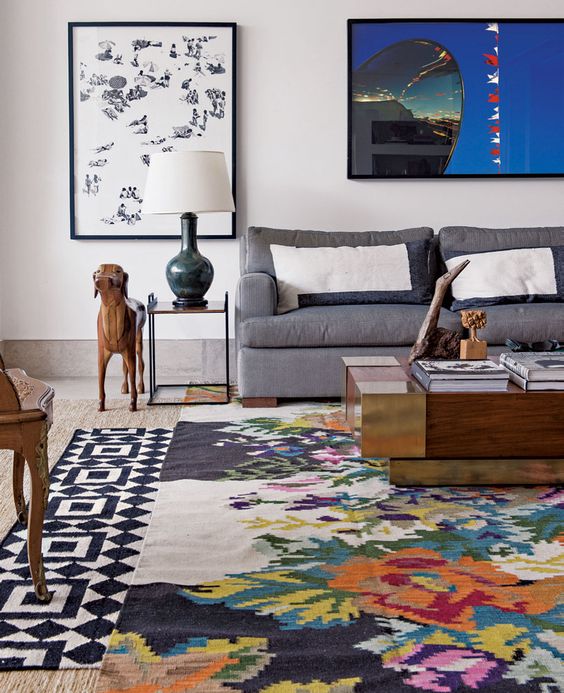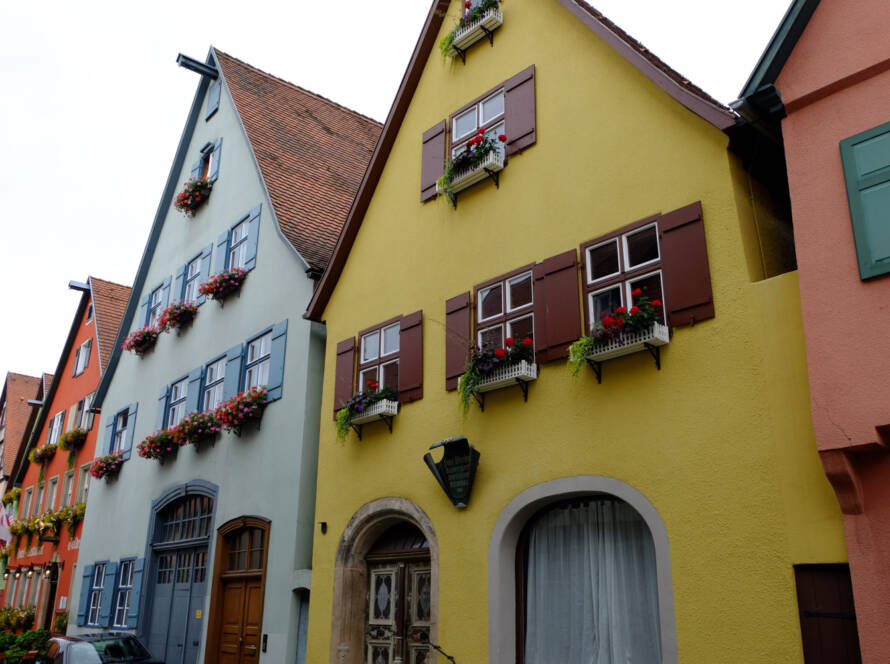There an enormous variety of types, shapes, colours, materials and formats on the market now, but before picking one, I listed here some important rules to help you to choose a perfect match, to improve and give more importance to the corner you want to style up.
1. The size: the rug must be not too short nor too big for the room you want to style. In a living room, for example, take some minutes and give a long look at the furniture set and establish an imaginary border around it. The rug must be some part inside under the sofas, some part out from the chairs. This way, the rug is not on the way when you walk around that or when your guests move through it.

Perfect proportion, natural fiber. 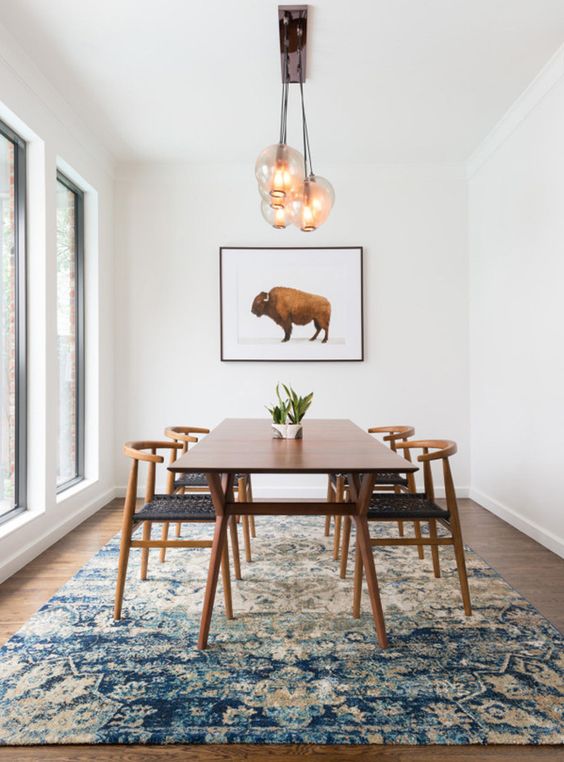
Good space around the table. 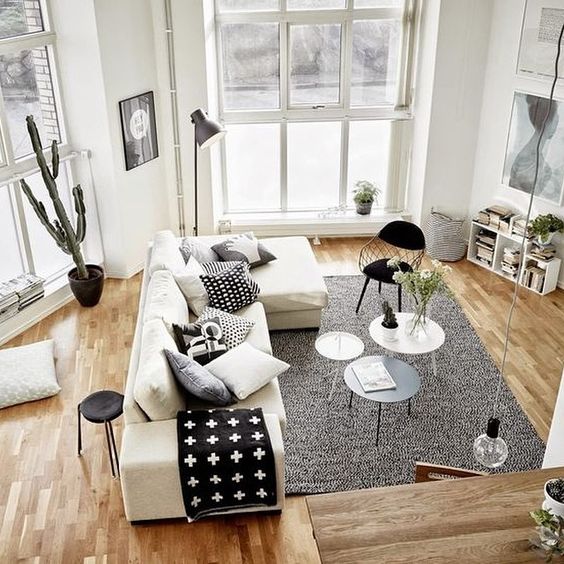
Not so big but enough to be a little bit under the sofa.
2. The style: Natural-fiber rugs can add style, warmth, color and function to your home. Before you buy one, consider where you will be placing the rug so you can choose the fiber that is best suited for the space.
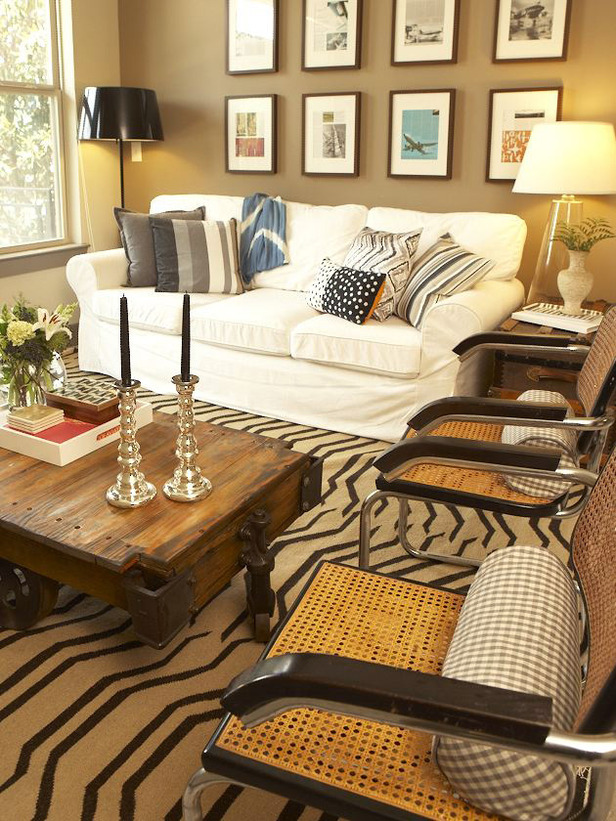
With some graphic details. 
In two neutral colours. 
Neutral natural fiber.
3. Geometrical: If your decoration is really modern an colourful, you can use this style of rugs that has a fresh and young sensation, with the top advantage to be quite reasonably priced, especially when compared to their hand-loomed counterparts. Using rugs this way might give you extra money to put towards a higher quality, albeit smaller, accent rug.
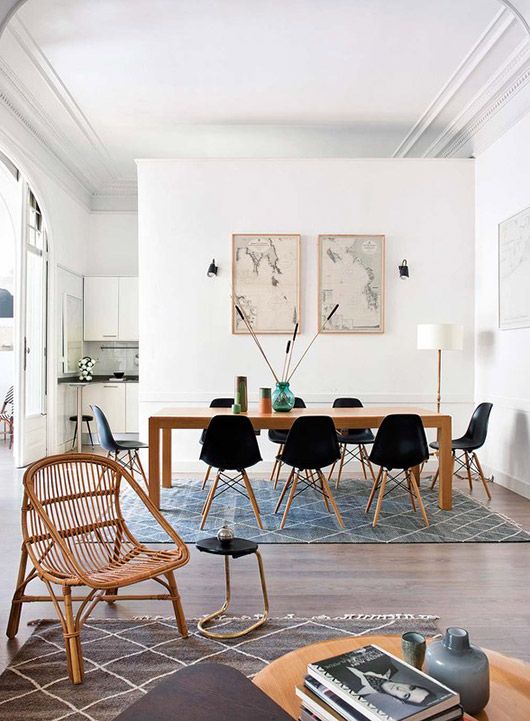
Both on same style, in different colours. 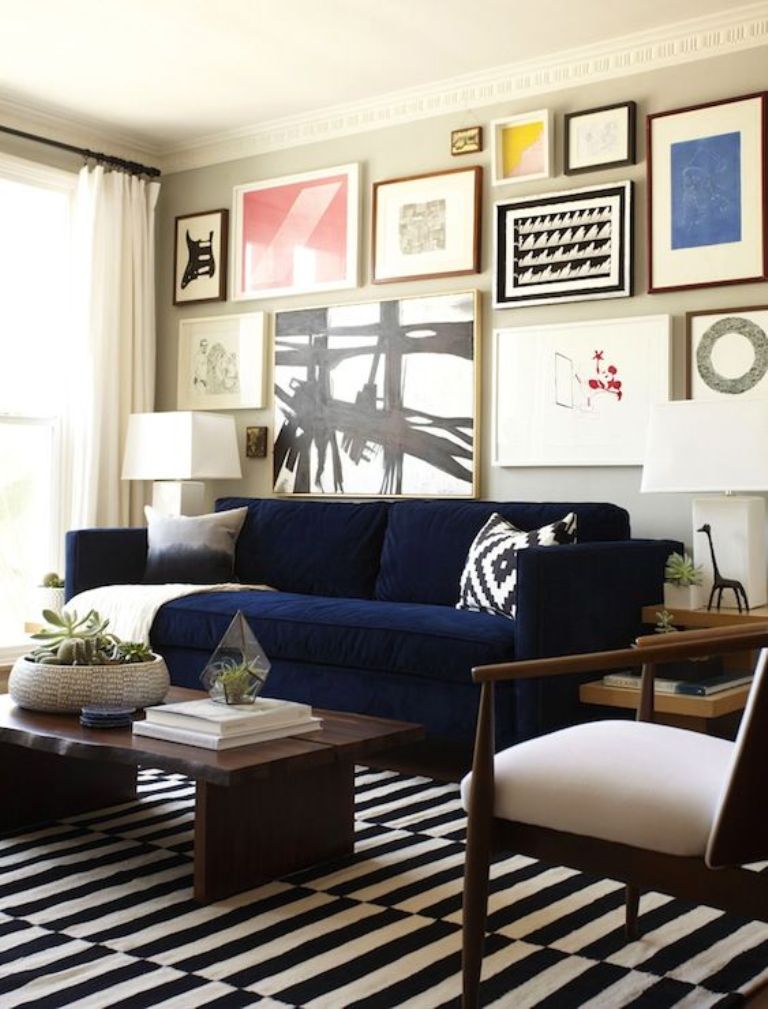
Statement rug, perfect geometrical combination, anchoring the room. 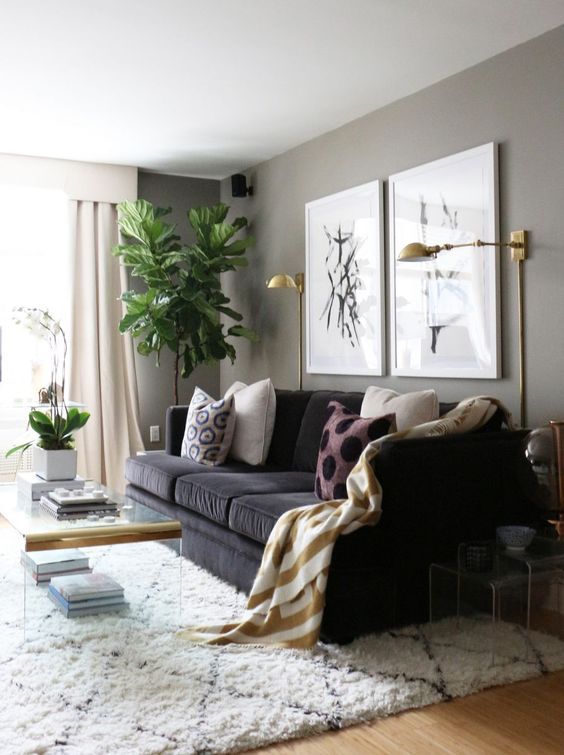
Cosy atmosphere in a small living room.
4. Orientals: Far more classic and sophisticated. From different regions, its nice to observe that they are very different among similar first impressions. I will write an article more extensive about this, but for now its nice to understand the main differences: the Persian models are made in Iran, which register their mark through geometric designs, medallions and floral. The most used colors are red, yellow and blue. It is common the presence of cotton and wool in the body of the carpet and silk in the outline of the drawings. The Indian models are not so sharp in the drawings, but they abuse floral prints. For materials, they resort to a mixture of viscose (popular silk substitute) and wool. The Turkish are bright and lively primary colours, filled with geometric figures, animals and garden images. The European ones, as a typical example, the Aubusson model, was created in the 18th century in France, which prioritizes designs of floral arrangements. The aesthetic is based on neutral tones and classic prints. The Asian ones, as the Chinese models, seek in movement and softness their selling trump, generally using symbols of yin and yang.
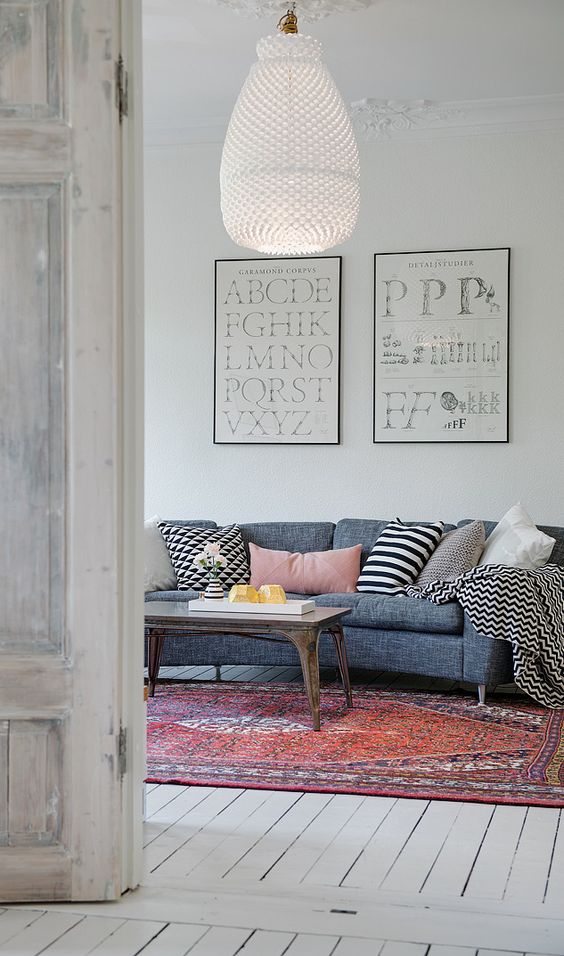
From East Azerbaijan, Iran. 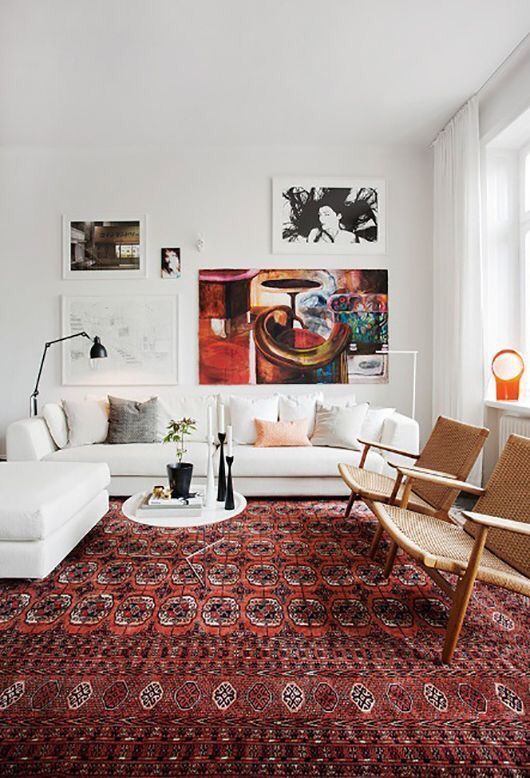
Bokhara, the most traditional Persian ones. 
From Iraque, with elegant floral motifs. 
From Iran, under modern furniture.
Think outside the lines! If you have several rugs on smaller sizes, or just want to explore new ways of using rug, you can layer them and create a new and irreverent atmosphere at your house. This is a new tendency on interior style today and the rugs don’t need to be the same shape or perfectly lay on top of one another. Feel free to turn one diagonally or let it spill over!
Neutral or natural fiber rugs and carpeting make a great backdrop to all types of prints and patterns, helping to take some of the guesswork out of the layering process!
Layering rugs is much like layering your clothing. Your building on a style and – when done right – adding colors, materials, or textures can give a room depth and warmth.
Size matters! When layering two rugs of the same shape that will be placed in the same direction, make sure the bottom rug is large enough to allow for a significant border around the smaller rug so that you achieve an intentional look. If the two rugs are too similar in size, it might look like you are just testing them out trying to decide which to use!
Throwing a patterned rug over a sisal, seagrass, or jute rug is a foolproof approach for those a bit hesitant to combine intricate patterned rugs. A simple earth-tone texture for the base layer can help anchor the room, while the patterned rug can help define an area.
If you’re afraid the room will be chaotic or overwhelmed by a large patterned rug, by using the neutral rug as your base, you can introduce color and pattern with a smaller-sized rug on top.

So, do not be afraid of finding new mixing and exposing ways for the rugs, if I can help you with anything, please contact me.
If you liked my tips, please leave your comments below. Hope to see you here soon!!





